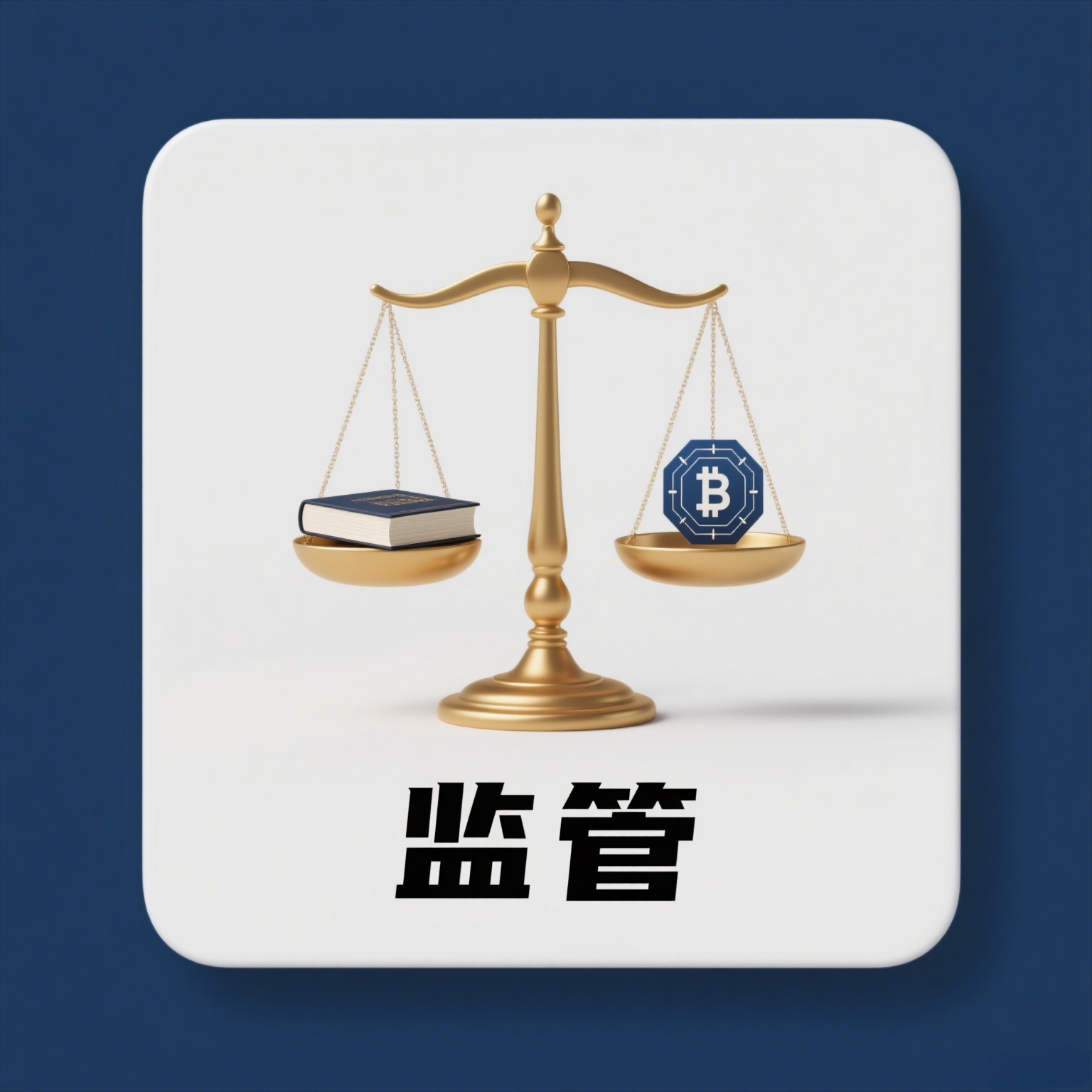When Pension Funds Start "Hoarding Coins": 401(k) Embraces Crypto Assets—A Radical Reform or Historical Inevitability?
2025-08-13 10:47
Author: CM
Twitter: @cmdefi
Core 观点: Accelerating the Maturity of the Crypto Market, Providing State Backing, Potential Inflow of Massive Funds, and a New "Strategic Coin Hoarding" Pool
On August 7, 2025, U.S. President Donald Trump signed an executive order allowing 401(k) retirement savings plans to invest in more diversified assets, including private equity, real estate, and—for the first time—crypto assets.
As the policy literally states, its implications are clear:
- It provides "national-level" endorsement for the crypto market, sending a signal to promote the maturity of the crypto market.
- It allows pension funds to pursue diversified investments and returns, but introduces higher volatility and risks.
- In the crypto sector, this is already enough to go down in history.
Looking back at the development of 401(k) plans, a key turning point was the pension reform during the Great Depression that permitted investments in stocks. Despite differences in historical and economic contexts, this change shares striking similarities with the current trend of including crypto assets.
I. Pension Systems Before the Great Depression
From the early 20th century to the 1920s, U.S. pensions were primarily Defined Benefit Plans, where employers promised employees a stable monthly pension after retirement. This model emerged from late 19th-century industrialization, aiming to attract and retain labor.
During this period, pension funds adopted highly conservative investment strategies. The prevailing view held that pensions should prioritize safety over high returns. Restricted by "Legal List" regulations, they were mainly limited to low-risk assets such as government bonds, high-quality corporate bonds, and municipal bonds.
This conservative strategy worked smoothly during economic booms but limited potential returns.
II. The Impact of the Great Depression and the Pension Crisis
The Wall Street crash of October 1929 marked the start of the Great Depression, with the Dow Jones Index plummeting nearly 90%, triggering a global economic collapse. Unemployment soared to 25%, and countless businesses went bankrupt.
Although pension funds at the time rarely invested in stocks, the crisis still hit them through indirect channels. Many employer companies collapsed and could not fulfill their pension commitments, leading to interrupted or reduced pension payments.
This sparked public doubts about the ability of employers and the government to manage pensions, prompting federal intervention. In 1935, the Social Security Act was enacted, establishing a national pension system, but private and public pensions remained locally managed.
Regulators emphasized that pensions should avoid "gambling" assets like stocks.
A turning point began: Economic recovery after the crisis was slow, and bond yields started to decline (partly due to expanded federal taxation), laying the groundwork for subsequent changes. By this time, insufficient yields had gradually become apparent, making it difficult to cover promised returns.
III. Post-Depression Investment Shifts and Controversies
After the Great Depression, especially during and after World War II (1940s-1950s), pension investment strategies began to evolve slowly, shifting from conservative bonds to equity assets including stocks. This shift was not smooth but accompanied intense controversy.
Post-war economic recovery stalled the municipal bond market, with yields dropping to a low of 1.2%, failing to meet the guaranteed returns of pensions. Public pensions faced "deficit payment" pressures, increasing the burden on taxpayers.
Meanwhile, private trust funds began adopting the "Prudent Man Rule," derived from 19th-century trust law but reinterpreted in the 1940s to allow diversified investments for higher returns as long as the overall strategy was "prudent." Initially applicable to private trusts, this rule gradually influenced public pensions.
In 1950, New York State took the lead in partially adopting the Prudent Man Rule, allowing pensions to invest up to 35% in equity assets (such as stocks). This marked a shift from the "Legal List" to flexible investment. Other states followed: North Carolina authorized investments in corporate bonds in 1957, allowed 10% stock allocation in 1961, and increased it to 15% by 1964.
This change sparked significant controversy. Opponents (mainly actuaries and labor unions) argued that stock investments would repeat the 1929 crash, putting retirement funds at risk of market volatility. Media and politicians called it "gambling workers' hard-earned money," fearing pension collapses during economic downturns.
To ease disputes, investment ratios were strictly limited (initially no more than 10-20%), with priority given to "blue-chip stocks." Over time, benefiting from the post-war bull market, controversies gradually subsided, demonstrating the potential for returns.
IV. Subsequent Development and Institutionalization
By 1960, non-government securities accounted for over 40% of public pension holdings. New York City’s municipal bond holdings dropped from 32.3% in 1955 to 1.7% in 1966. This shift reduced the taxpayer burden but made pensions more dependent on the market.
The 1974 Employee Retirement Income Security Act (ERISA) applied the prudent investor standard to public pensions. Despite initial controversies, stock investments were eventually accepted, though issues emerged—such as heavy pension losses during the 2008 crisis, reigniting similar debates.
V. Signal Release
The current inclusion of crypto assets in 401(k) plans bears strong similarities to the earlier controversy over including stocks. Both involve a leap from conservative investments to high-risk assets. Clearly, crypto assets are currently less mature and more volatile, making this a more radical pension reform. This releases several signals:
The promotion, regulation, and education of crypto assets will advance to a new level to help people better accept such emerging assets and enhance risk awareness.
From a market perspective, stocks benefited from the long-term bull market in U.S. equities after being included in pension plans. For crypto assets to follow this path, they must also develop a stable upward market. Additionally, since 401(k) funds are essentially locked in,
Pension funds buying crypto assets is equivalent to "hoarding coins," creating another "strategic reserve of crypto assets."
From any perspective, this is a huge positive for Crypto.
VI. Appendix: The Meaning and Specific Operation Mechanism of 401(k)
A 401(k) is an employer-sponsored retirement savings plan under Section 401(k) of the U.S. Internal Revenue Code, first introduced in 1978. It allows employees to contribute to a personal retirement account through pre-tax (or after-tax, depending on the plan) payroll deductions for long-term savings and investment.
A 401(k) is a "Defined Contribution Plan," unlike the traditional "Defined Benefit Plan." Its core is that employees and employers contribute jointly, and investment gains or losses are borne by the employee individually.
6.1 Contributions
Employees can deduct a certain percentage of each paycheck as 401(k) contributions, deposited into their personal accounts. Employers may offer "matching contributions," i.e., additional funds based on a percentage of the employee’s contribution. Matching amounts depend on the employer’s policy and are not mandatory.
6.2 Investments
A 401(k) is not a single fund but an employee-controlled personal account, where funds can be invested in a "menu" of options preset by the employer. Common options include: S&P 500 index funds, bond funds, mixed allocation funds, etc. The 2025 executive order allows the addition of private equity, real estate, and crypto assets.
Employees must choose an investment portfolio from the menu or accept a default option. Employers only provide options and are not responsible for specific investments.
- Ownership of Earnings: Investment gains belong entirely to the employee and are not shared with the employer or others.
- Risk Bearing: If the market declines, losses are borne by the employee with no guarantee mechanism.





